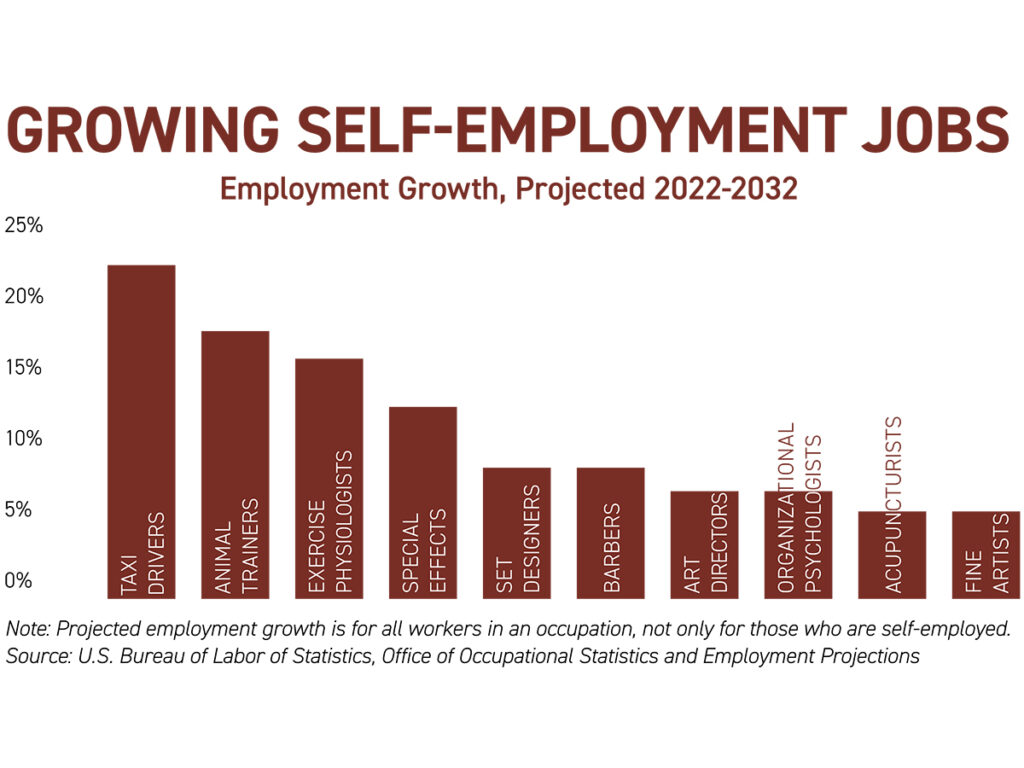As the year draws to a close, it’s time to maximize your current year’s tax deductions and other tax planning opportunities. Here’s a brief checklist of moves you can make to help reduce current or future tax exposure.
BUSINESS EXPENSES
You may be able to reduce your 2024 tax bill by pre-paying certain business expenses before the year’s end. For example, you can renew subscriptions, pay ahead for advertising, business insurance premiums, rent, business licenses, and other items that don’t extend more than 12 months.
EQUIPMENT
Repair broken equipment and physical plant items by the end of the year. Buy business equipment and put it into service by year’s end. Your business can deduct the entire cost of qualified equipment up to a purchase limit of $1,220,000 for tax year 2024.
MAXIMIZE QBI DEDUCTIONS
If you meet certain income limits, owners of S corporations, partnerships, and sole proprietorships may deduct up to 20% of qualified business income (QBI).
For tax year 2024, eligibility for the deduction begins to phase out at income levels of $191,950 for single filers and $383,900 for joint filers.
If you’re over the income threshold, consider finding some more deductions.






